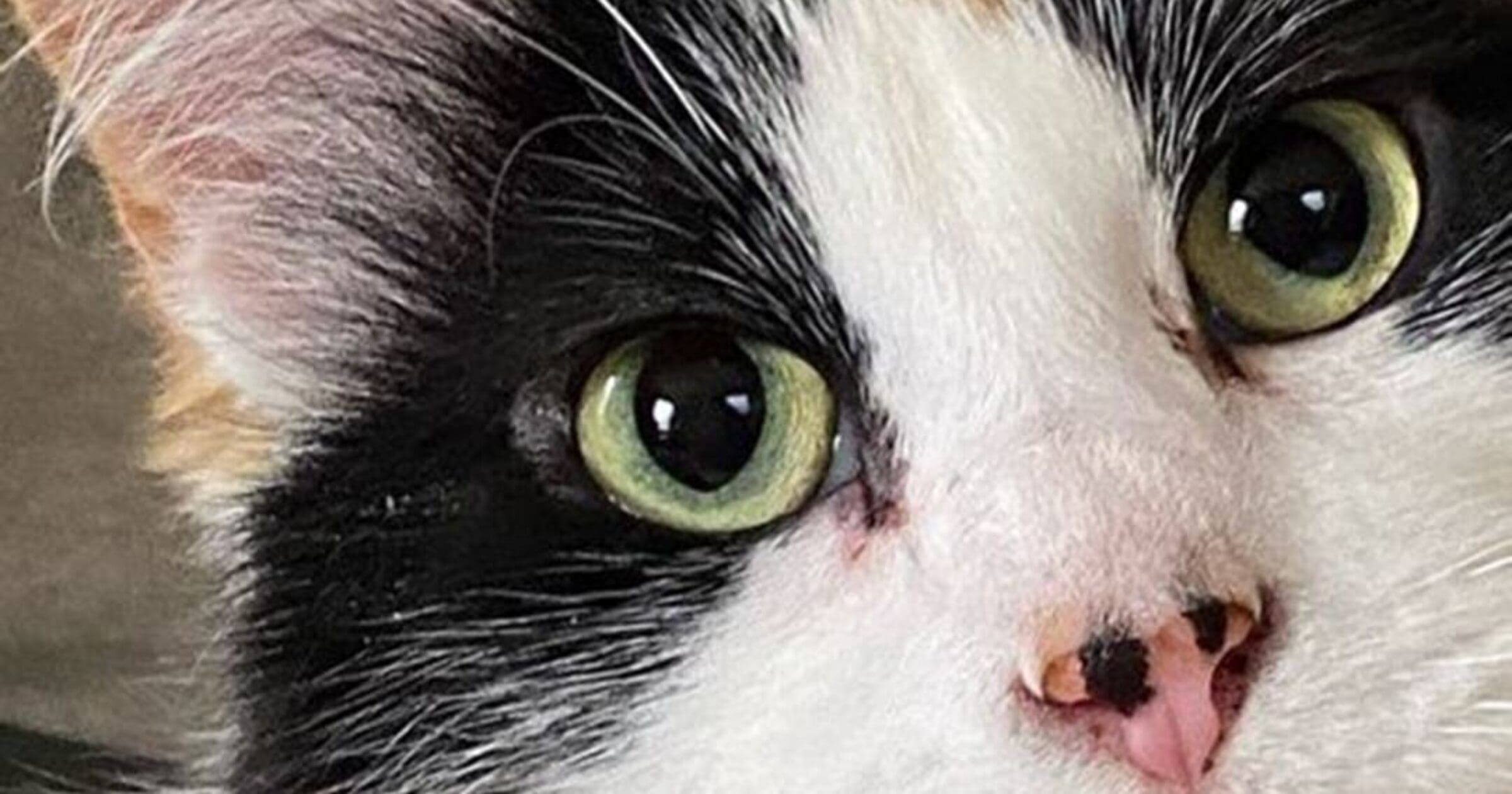
Did you know that cats truly only have two color variations? Yes, that’s right! According to Gloria Stephens in her book “Legacy of the Cat,” our domestic cats are either red or not red! So, why do you have a black cat purring on your lap right now? Well, it all comes down to genetic variations. When a fetal kitten is developing in its mom’s uterus, many cells are dividing and migrating to create his organs, paws, ears, eye, fur, coat color, and so forth. There are cells called melanocytes that are responsible for pigmentation and, in at cat’s hair shaft, they create pigment granules called phaeomelanin (which is red-yellow) and eumelanin (which is black-brown). The migration of melanocytes and the creation of these two types of pigment granules are all under genetic control.
Genetics is a complicated subject that can take years of study to thoroughly understand, but in short, living creatures, like your cat, can have “dominant” or “recessive” genes that express traits such as hair color. The dominant genes are expressed in priority to the recessive genes and the recessive genes can be hidden for many generations. They are expressed only when both parents carry that recessive gene.
The pigment phaeomelanin is sex-linked, meaning that it’s only found on the female chromosome. Therefore, only female cats can determine if it’s kittens will have the red-yellow coloring! That’s why you hear that only females are tortoise shell or calico cats, because only female cats have two X chromosomes that carries the ability to provide the phaeomelanin color of red-yellow!
The pigment eumelanin will create kittens who have black, chocolate, and cinnamon colors. White is the absence of color and occurs in cats when the melanocytes do not migrate to the cat’s hair shaft, thereby not creating red-yellow nor black-brown! To make a long story short, your purring black cat has two dominant genes, one from each parent, that causes the eumelanin to be black in your kitty’s hair shafts. A chocolate-colored cat would have two recessive genes, one from each parent, for eumelanin to make the hair shafts that gorgeous chocolate color. Genetic mutations can also contribute to the variations in a cat’s coat color.
Did you know that melanocytes are also responsible for the color of your cat’s eyes? Yet, the melanin created by melanocytes don’t quite affect the color of a cat’s eyes in the same way that it effects their hair colors. The iris of your cat’s eyes has both a stroma and an epithelial cell layer. Melanocytes are more scattered within the stroma and are more densely packed in the epithelial cell layer. The more melanocytes the iris has, the darker the eyes will be. Actually, the color blue in a cat’s eyes is the absence of melanin in the iris. The blue color is light reflecting from the cat’s eyes.
Some cats can even have two colors within one eye, or dichromatic eyes. Even more rare, some cats can have two different eye colors, this is termed heterochromia iridium! The most common cat eye color is yellow/amber. Cat eye colors often are linked with the color of their coat. Both their coat color and pattern, along with their eye color contribute to the breed of the cat, too.
You are probably asleep now with your purring cat, so we’ll end this article for now.